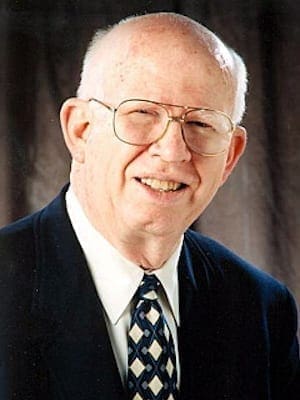Until we moved when I was in the sixth grade, I lived diagonally across the street from our church and the parsonage. Our pastor and his wife and two daughters were our friends. I was in and out of his home and study often. I was always a welcomed guest.
As a child growing up in the church and in segregated South Carolina, I was troubled by two questions. The first: “Was Jesus really dead when they placed him in the tomb?” I came up with all kinds of explanations of why people might just have thought he was dead. I really had a problem with all of the supernatural stuff. I could rationalize almost anything. I worked on that one for a couple of years. At least it kept my mind occupied during long church services and extended altar calls.
The second great issue sort of crept in. It was a feeling of uneasiness that something wasn’t right, long before I was able to put what was troubling me into words.
I have given my pennies and later dollars to foreign missions as far back as I have memory. As a child, I listened to wonderful people who spent their lives on the foreign mission field. I could not make sense of it. If God loved all people everywhere the way Preacher Gowan said he did – and if I believed our church sent money to save souls in Africa – why couldn’t black people come to our church? In Sunday school we sang, “Jesus loves the little children, all the children of the world, red and yellow, black and white, they are precious in his sight. Jesus loves the little children of the world.” Somebody, please explain this to me!
One Sunday morning in 1941, two black children showed up for Sunday school. They were about my age. No one turned them away, but they did sit by the door in the second-floor assembly room away from the rest of us. After we divided into our age-group classes for the lesson, I never saw them again. The incident plagued my young mind. I knew this was wrong. How could this be? This is church. It belongs to God. How could anyone not be welcome?
My parents were loving and caring people. My sister and I were never taught to hate. We would have been punished if we were disrespectful to an older black person. But the only answer I got to my constant questioning was, “This is the way things are.”
We visited “Aunt Matt” on many Sunday afternoons. “Aunt Matt,” an elderly black woman, had helped to take care of my mother and her two brothers as young children. They loved Matt and had fought over who would sleep next to her when their own parents were away. On our last visit, Aunt Matt was near death, but she had picked a dishpan full of blackberries for my mother. No one would have told her that the berries were spoiled. Mother loved Aunt Matt and would have done anything for her, and Matt loved my mother. Why couldn’t we invite her to church?
I was not present to witness this story about my dad, and he did not tell it to me. When the Ben Franklin Five and Dime Store opened a lunch counter in our small town and began selling hot dogs, two young black children were being ignored by the clerk. My dad witnessed this injustice, the story goes, then went to the owner and said, “If you are going to sell hot dogs to white children, you are going to serve black children as well. They have nothing to do with this fight.” I hope with all my heart the story is true. It would be in his character. I believe it is.
As a child, I did not know how to deal with all the mixed messages I was receiving. Maybe Jesus really was dead when they placed Him in the tomb. Maybe he still is. How else can you explain the hate, disrespect and violence that continue to exist today? We have changed the laws, but not the hearts.
Dr. Mitch Carnell is a consultant on improving communication skills in organizations of all types, including churches. He is an active lay member of First Baptist Church in Charleston, S.C.
A member of First Baptist Church of Charleston, South Carolina, he was the author of “Our Father: Discovering Family.” Mitch’s writings can be found at MitchCarnell.com.

